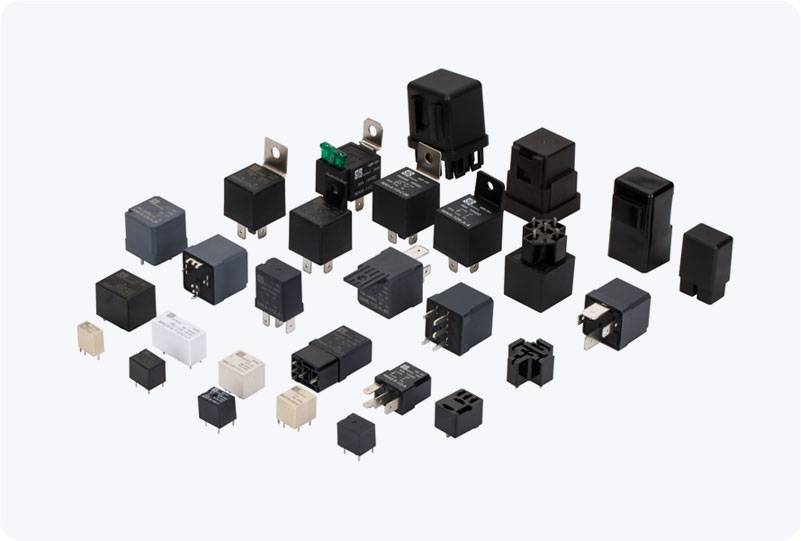A Solid State Relay (SSR) is an electronic switching device that operates without mechanical parts, unlike traditional electromagnetic relays. SSRs use semiconductor components such as Triacs, thyristors, and phototransistors to perform switching functions. They provide reliable, fast, and efficient control over electrical circuits in a variety of applications, especially where mechanical relays would wear out due to repeated use. In this article, we will delve into the functionality, benefits, and various applications of Solid State Relays.

What is a Solid State Relay? A Solid State Relay is an electronic device used to control high-voltage or high-current circuits through a low-voltage input signal. SSRs typically use semiconductor components like photodiodes, phototransistors, and TRIACs to switch the circuit. The lack of moving parts means that SSRs are inherently more durable, efficient, and capable of operating at higher speeds compared to their mechanical counterparts. In a traditional electromagnetic relay, an electric current energizes a coil that moves an armature, closing or opening a set of contacts. In contrast, SSRs achieve the same outcome through electronic components, enabling the switching of electrical circuits without any physical movement.
Leave a Reply